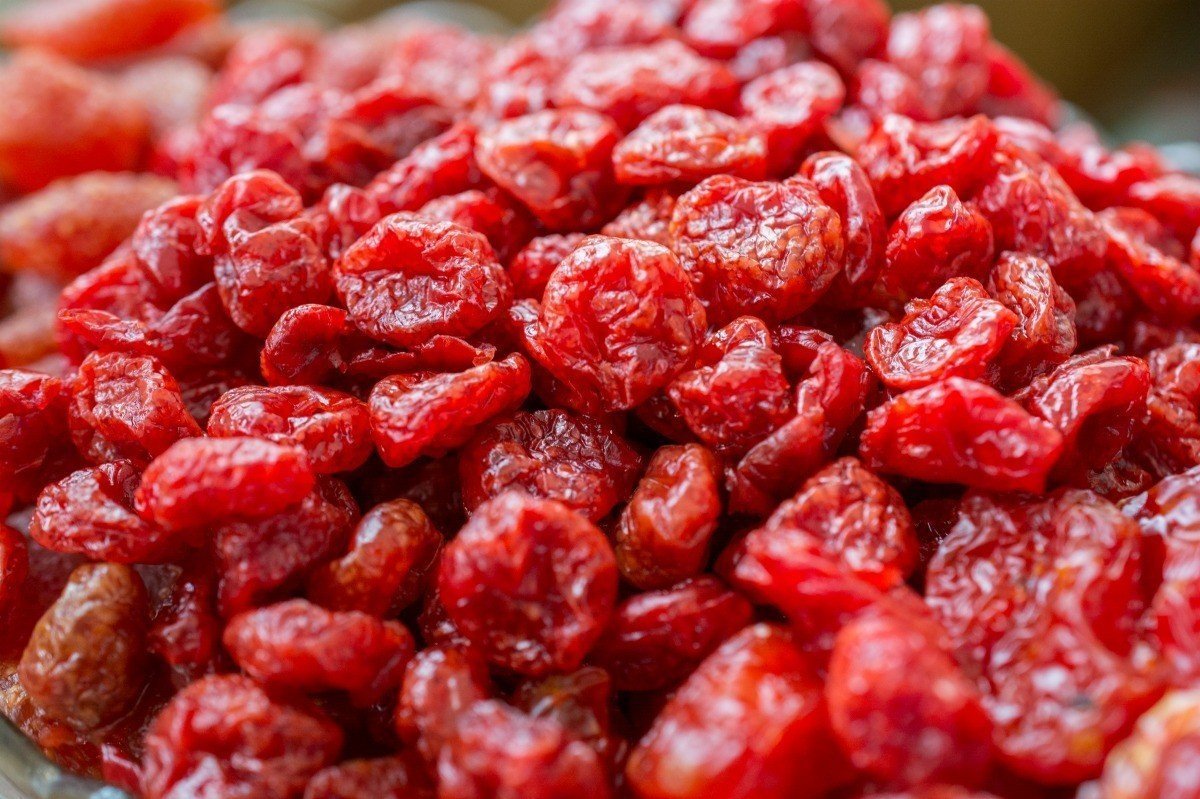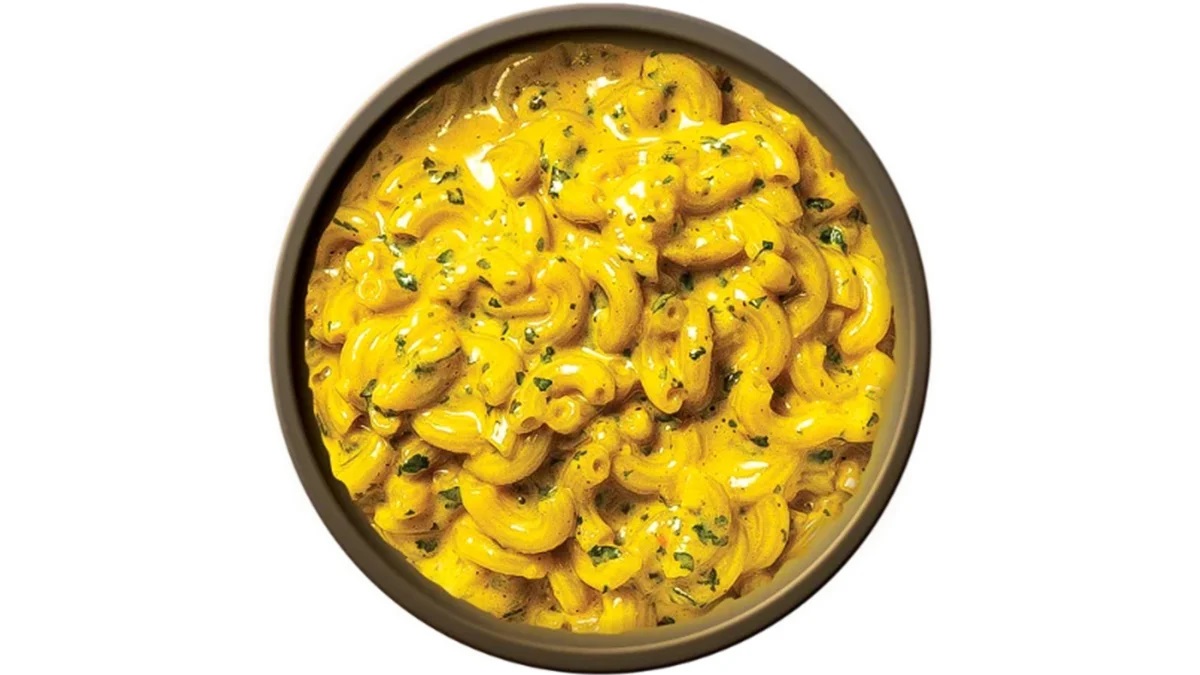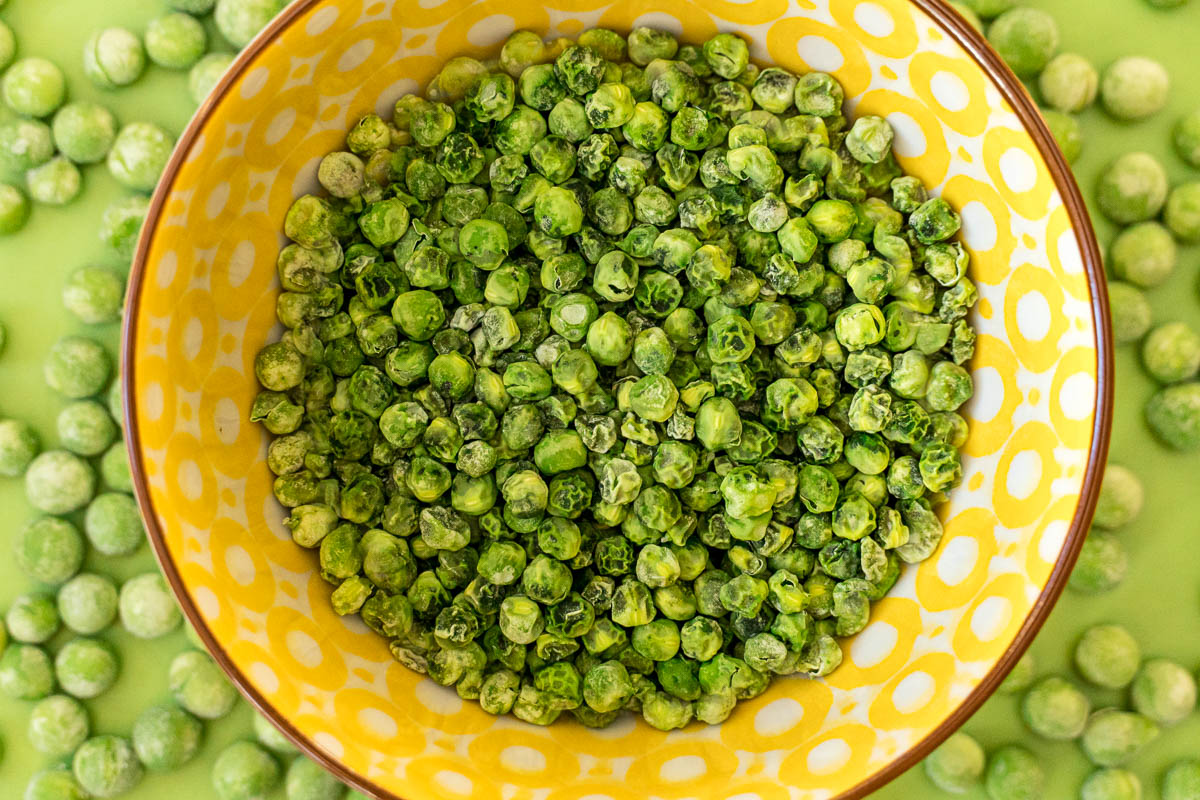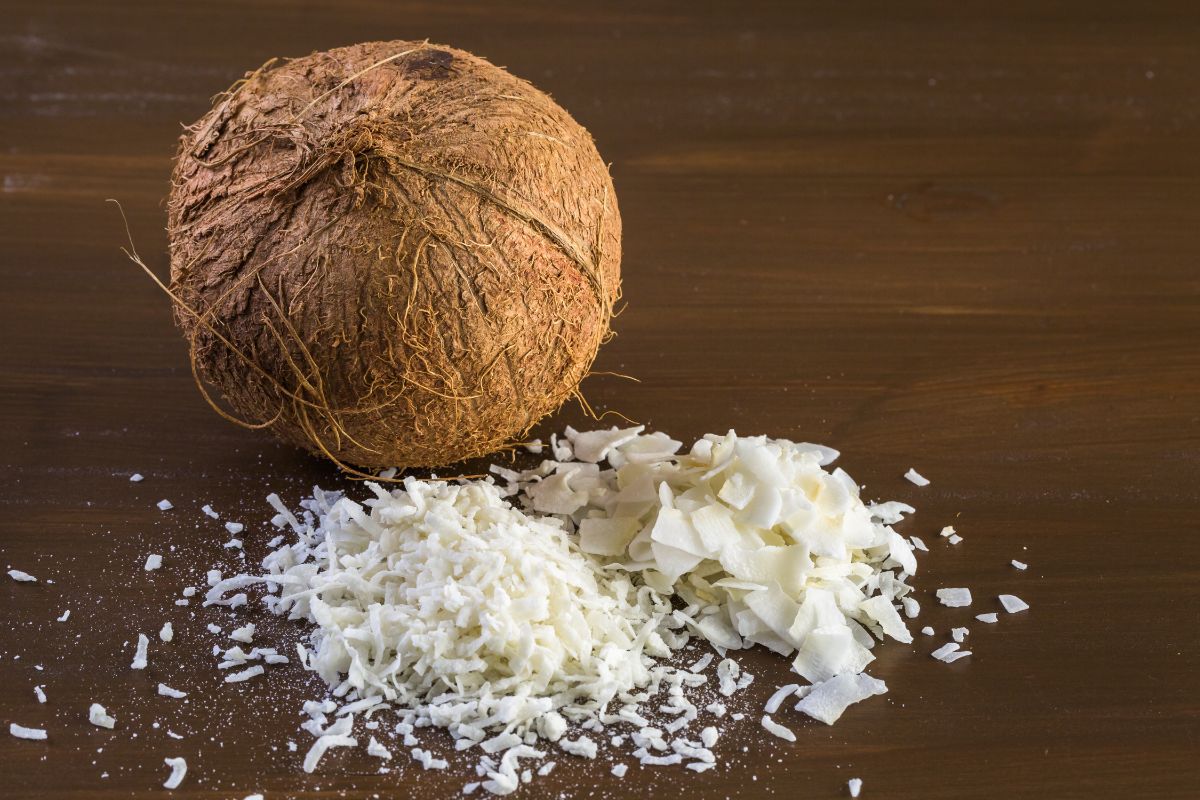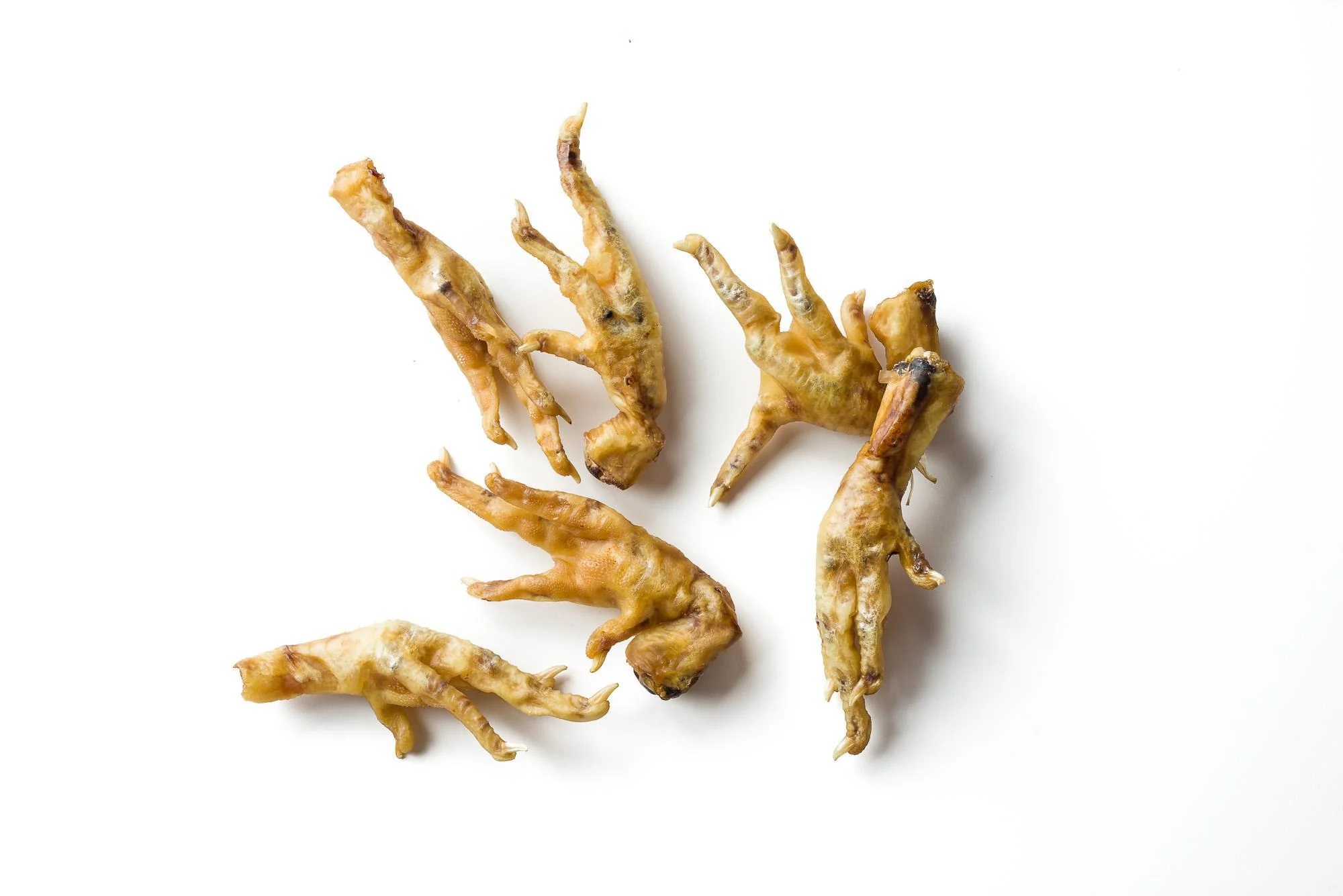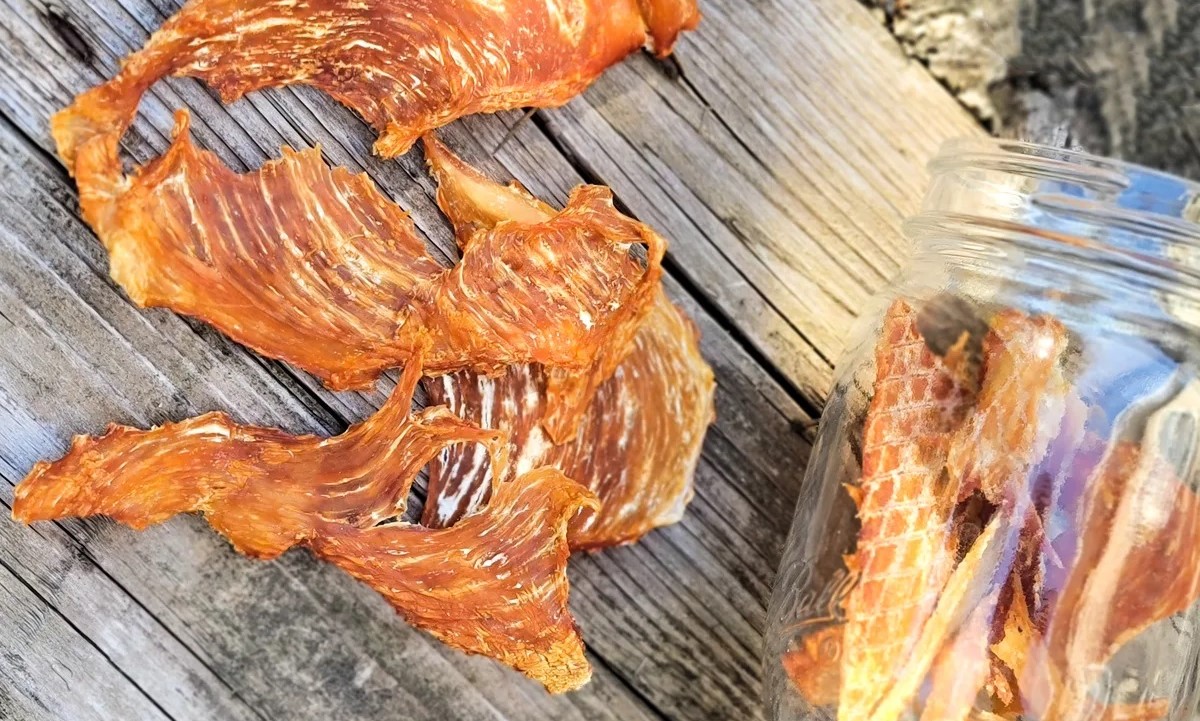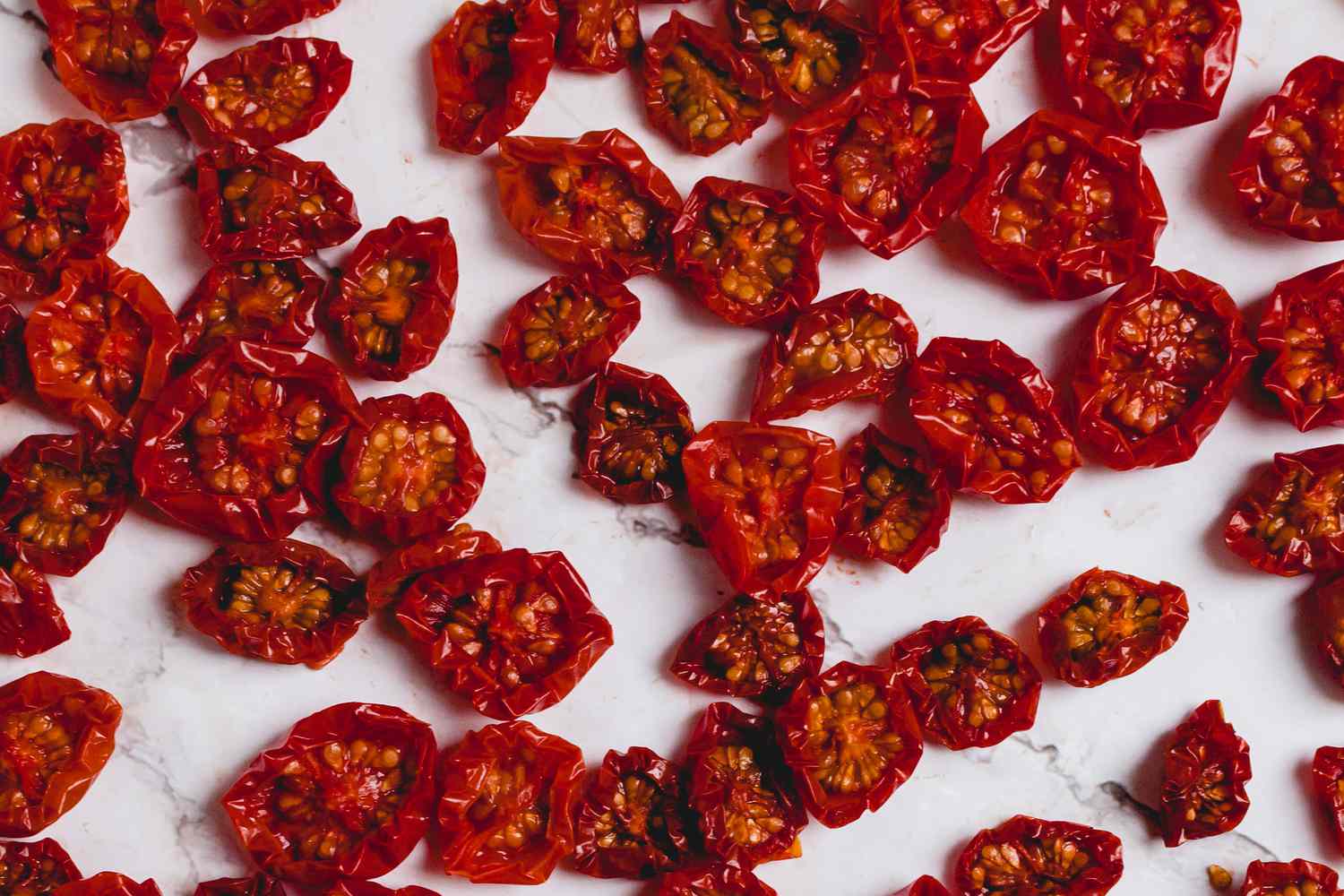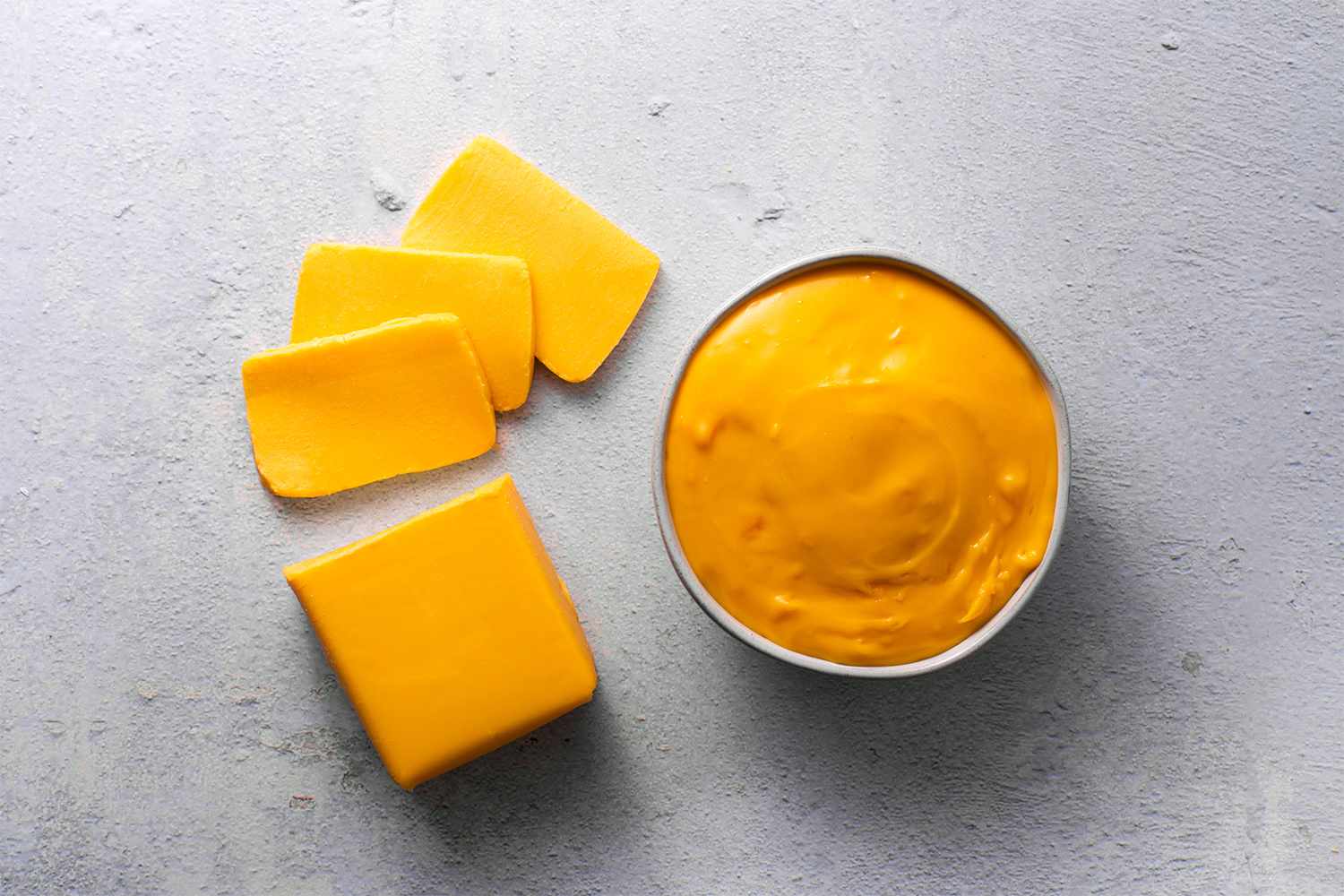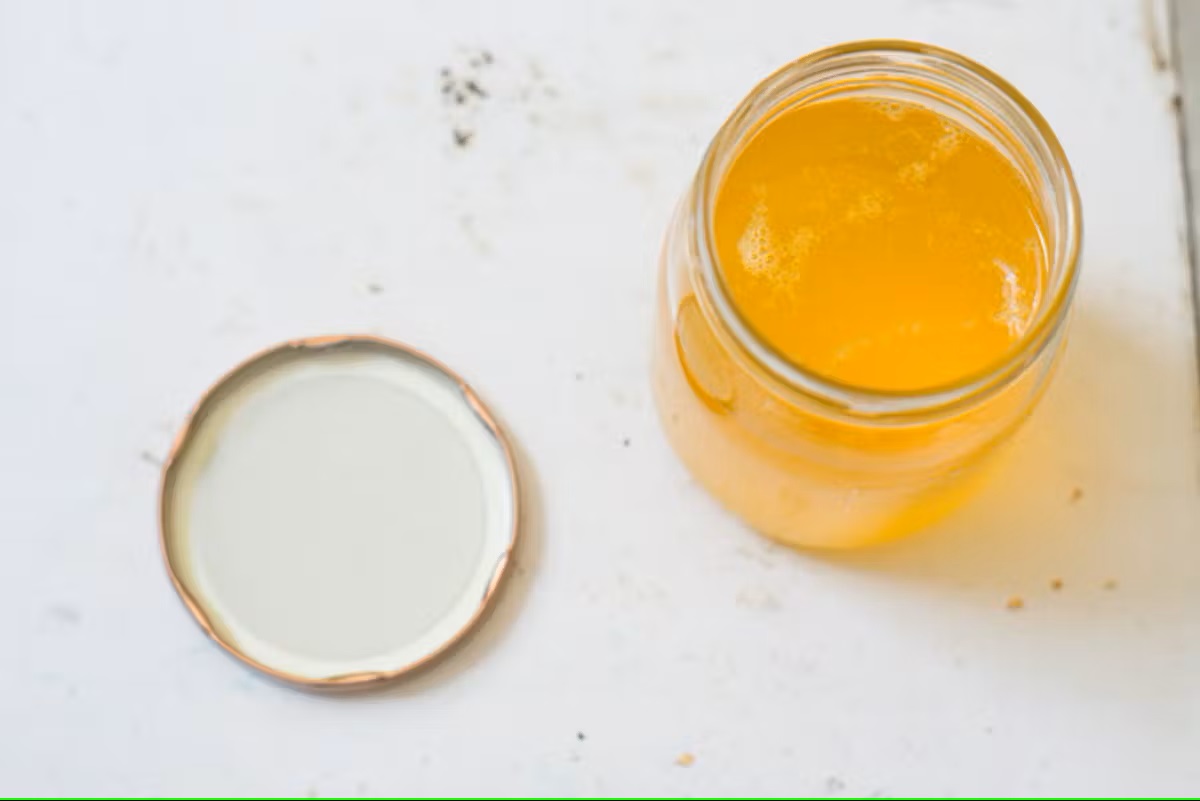Dehydrating Coconut Milk: A Delicious and Versatile Ingredient
Coconut milk is a popular ingredient in many dishes, from curries and soups to smoothies and desserts. However, it can be challenging to store and preserve fresh coconut milk for an extended period. One effective way to extend the shelf life of coconut milk is by dehydrating it using a food dehydrator. In this article, we will explore the process of dehydrating coconut milk and how you can use the dehydrated coconut milk in various recipes.
How to Dehydrate Coconut Milk in a Dehydrator
Dehydrating coconut milk is a simple process that involves removing the moisture from the liquid to create a powdered form. Here’s a step-by-step guide to dehydrating coconut milk in a dehydrator:
- Start by pouring the coconut milk onto a solid dehydrator tray lined with a non-stick sheet or parchment paper. Spread the coconut milk evenly to ensure uniform drying.
- Set the dehydrator to a low temperature, ideally around 130°F (54°C), and allow the coconut milk to dehydrate for 8-12 hours. The exact drying time may vary based on the thickness of the coconut milk layer and the dehydrator model.
- Check the coconut milk periodically to ensure that it is drying evenly. You may need to rotate the trays or adjust the drying time based on the moisture content.
- Once the coconut milk has dried to a crisp, remove it from the dehydrator and allow it to cool completely.
- Transfer the dehydrated coconut milk to a blender or food processor and pulse it into a fine powder. Store the powdered coconut milk in an airtight container in a cool, dry place.
Using Dehydrated Coconut Milk in Recipes
Dehydrated coconut milk is a versatile ingredient that can be used in various recipes to add a rich coconut flavor. Here are some creative ways to incorporate dehydrated coconut milk into your culinary creations:
- Curries and Soups: Add a tablespoon of dehydrated coconut milk to your curry or soup for a creamy texture and coconut aroma.
- Smoothies and Shakes: Blend dehydrated coconut milk with fruits and yogurt to create a tropical and nutritious smoothie.
- Baked Goods: Incorporate dehydrated coconut milk into cake batters, muffin mixes, or cookie dough for a hint of coconut sweetness.
- Coconut Flavored Beverages: Mix dehydrated coconut milk into hot chocolate, coffee, or tea for a delightful coconut twist.
- Desserts: Sprinkle dehydrated coconut milk on top of puddings, ice creams, or fruit salads for a decorative and flavorful touch.
The Benefits of Dehydrating Coconut Milk
Dehydrating coconut milk offers several benefits, including:
- Extended Shelf Life: Dehydrated coconut milk has a significantly longer shelf life compared to fresh coconut milk, making it a convenient pantry staple.
- Convenient Storage: Powdered coconut milk takes up less space and is easier to store than liquid coconut milk, especially for those with limited refrigerator space.
- Enhanced Flavor Concentration: Dehydrating coconut milk intensifies its flavor, allowing you to use less while still enjoying the full coconut essence in your dishes.
- Portability: Dehydrated coconut milk is lightweight and portable, making it an excellent option for camping trips, hiking, or traveling.
Final Thoughts
Dehydrating coconut milk in a dehydrator is a simple and effective way to preserve this versatile ingredient for long-term use. Whether you’re looking to enhance the flavor of your dishes or enjoy the convenience of powdered coconut milk, dehydrating coconut milk opens up a world of culinary possibilities. Experiment with dehydrated coconut milk in your favorite recipes and savor the rich, tropical essence it brings to your table.
With the guide on how to dehydrate coconut milk in a dehydrator, readers have a plethora of recipes to explore. They can start their day with Coconut Milk Pancakes for a fluffy and tropical breakfast. For a comforting and warm treat, Coconut Milk Hot Chocolate is a must-try. Those who enjoy desserts will find Coconut Milk Panna Cotta a delightful and creamy option. For a savory twist, the Creamy Coconut Curry Chicken offers a rich and flavorful meal. Finally, to energize their mornings, Coconut Milk Smoothie Bowl provides a refreshing and healthy start to the day. These recipes highlight the versatility of dehydrated coconut milk and bring a taste of the tropics to any meal.
Was this page helpful?
Read Next: How To Dehydrate Kelp Blades
